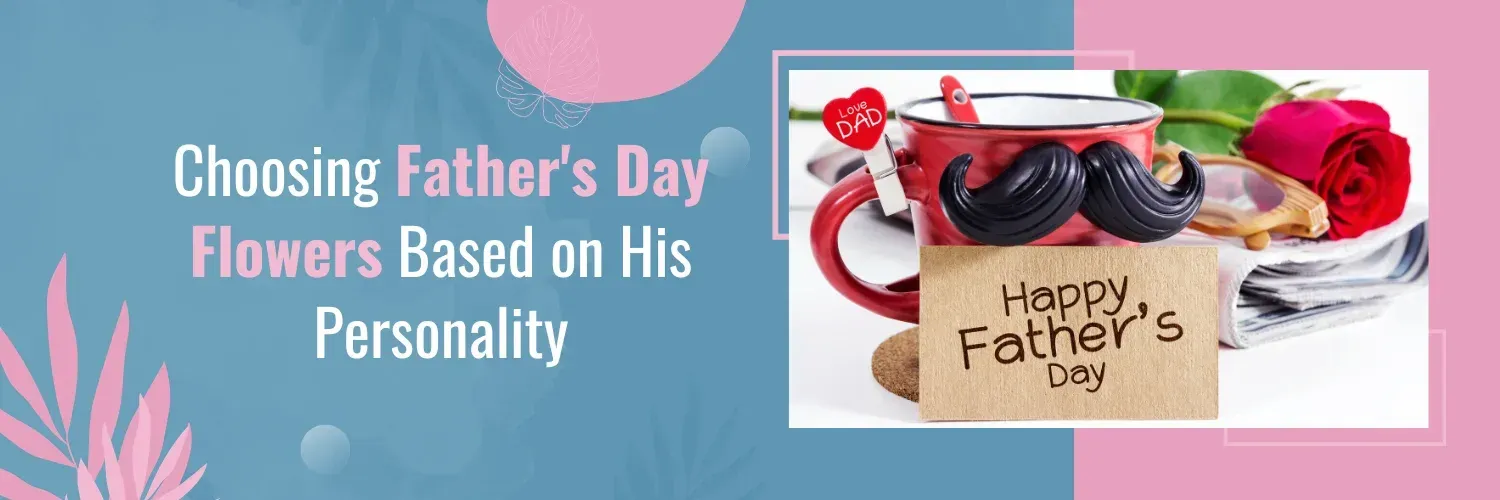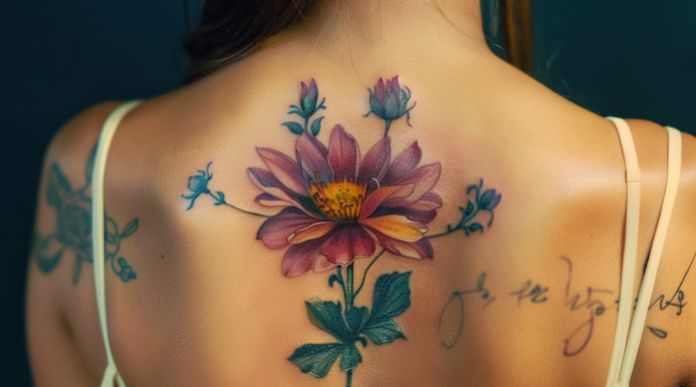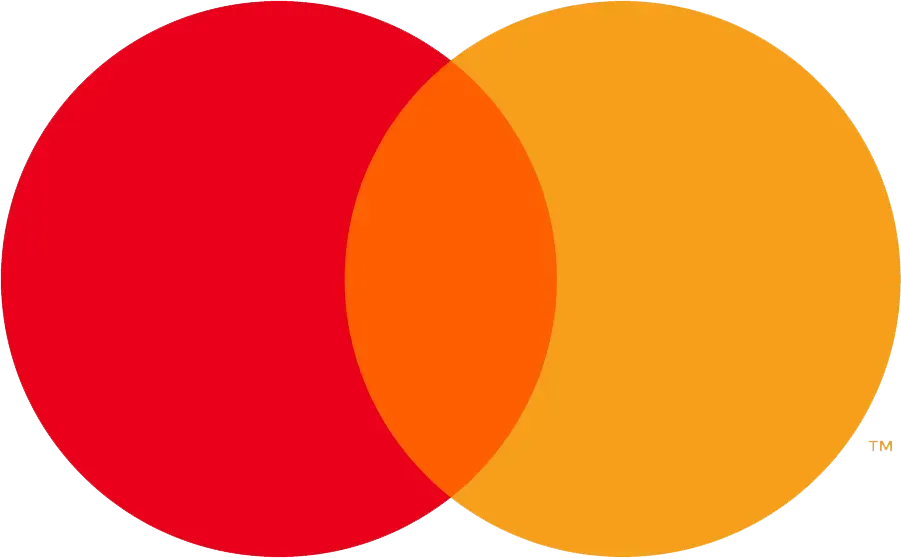Sunflowers (Helianthus annuus)
Sunflowers (Helianthus annuus) have earned their place as one of the most beloved and recognizable flowers in the world. Their iconic appearance, with their vibrant yellow petals and dark central discs, has made them a symbol of warmth and positivity. But what truly sets sunflowers apart is their remarkable life cycle, a journey from a tiny seed to towering blossoms that never fails to captivate our imaginations.
Germination and Seedling Stage
- Germination: The journey of a sunflower’s life begins with a humble seed. Sunflower seeds are typically large, flat, and tear-shaped, containing all the genetic information needed for the plant’s growth. Germination is initiated when a seed absorbs water, causing it to swell and crack. This process activates enzymes that break down stored nutrients, providing nourishment to the emerging embryo. Within a few days, a tiny shoot emerges, and the seedling starts its journey towards the sun.
- Characteristics of Seedlings: Sunflower seedlings exhibit distinct characteristics during their early stages. These young plants are characterized by their heart-shaped cotyledon leaves and a delicate stem. At this point, they are highly vulnerable to environmental conditions and require special care.
- Importance of Soil, Water, and Sunlight: Soil quality, adequate moisture, and sunlight are critical during this stage. Sunflowers thrive in well-draining soil with a slightly acidic to neutral pH. Consistent watering is essential, as sunflowers have shallow roots. They are also known for their phototropic nature, meaning they follow the sun’s path, so they need ample sunlight to grow straight and tall.
Vegetative Growth Stage
During the vegetative growth stage of a sunflower’s life cycle, the plant undergoes significant changes and developments that set the foundation for its later stages of growth and reproduction.
Growth During Vegetative Stage
This stage is marked by rapid and vigorous growth. Sunflowers are known for their ability to grow tall quickly, and during this phase, they can add several inches to their height each day. The stem elongates, and leaves become larger and more numerous, forming a lush canopy of foliage.
Role of Leaves and Stems
Leaves are the powerhouses of the plant during this stage. They serve as the primary sites for photosynthesis, a process where sunlight is converted into energy and used to produce sugars and other essential compounds. Sunflower stems, on the other hand, function as the transportation system of the plant, delivering water and nutrients from the roots to the leaves and other parts of the plant.
Caring for Sunflowers
Proper care during the vegetative growth stage is crucial to ensure healthy development. Here are some key considerations:
- Watering: Sunflowers have relatively shallow root systems, so they require consistent watering. However, it’s essential to avoid overwatering, as waterlogged soil can lead to root rot. A deep watering once or twice a week is generally sufficient, depending on local weather conditions.
- Fertilization: Sunflowers benefit from balanced, all-purpose fertilizers applied during this stage. Nitrogen is particularly important for promoting leafy growth. Follow package instructions for application rates.
- Sunlight: Sunflowers are renowned for their phototropic nature, meaning they track the sun’s movement across the sky. This behavior ensures that they receive maximum sunlight exposure for photosynthesis. Position your sunflower garden where it can receive at least 6 to 8 hours of direct sunlight daily.
- Spacing: Adequate spacing between sunflower plants is essential to prevent overcrowding. Crowded sunflowers can compete for nutrients and sunlight, leading to stunted growth. Generally, sunflowers should be spaced about 18 to 24 inches apart, depending on the variety.
- Pest and Disease Management: Keep an eye out for common pests like aphids and caterpillars. Early detection and appropriate measures, such as insecticidal soap or neem oil, can help prevent infestations. Additionally, good air circulation can reduce the risk of fungal diseases.
- Support for Tall Varieties: If you’re growing tall sunflower varieties, consider providing support in the form of stakes or trellises. This will help prevent the stems from bending or breaking under the weight of the growing plant and flower head.
The vegetative growth stage is a crucial period in the life of a sunflower, as it determines the plant’s overall size, strength, and ability to support the upcoming reproductive phase. Proper care and attention during this stage will contribute to the successful development of these iconic and beloved flowers.
Formation of the Flowering Bud
- Transition to Reproductive Growth: As sunflowers mature, they undergo a remarkable transition from vegetative growth to reproductive growth. This shift is marked by the formation of the flowering bud, a pivotal moment in their life cycle.
- Formation of the Flower Bud: The flower bud emerges at the tip of the stem. It starts as a tightly closed, green bud and gradually expands and takes on its iconic yellow hue as it matures. Each bud holds the potential for hundreds of seeds, tightly packed into a distinctive spiral pattern.
- Factors Influencing this Stage: Environmental factors such as temperature, day length, and nutrient availability can influence the timing and success of bud formation. Adequate sunlight is crucial for the development of robust and well-formed flower buds.
Blooming and Pollination
- Blooming Process: The moment when a sunflower blooms is a spectacle to behold. The petals of the flower head unfurl, revealing the central disc that contains hundreds of individual florets. These florets are arranged in intricate patterns, forming a mesmerizing spiral that captivates observers.
- Importance of Pollination: To produce seeds, sunflowers rely on pollinators. Bees, butterflies, and other insects play a vital role in transferring pollen from one floret to another. This crucial step ensures fertilization and the formation of seeds within the sunflower head.
- Role of Bees and Pollinators: Bees are particularly effective pollinators for sunflowers. Their attraction to the bright yellow petals and the ample nectar supply in sunflowers make them valuable allies in the reproduction of these plants.
Seed Production and Maturation
- Seed Development: After successful pollination, each floret in the sunflower head begins to develop into a seed. These seeds swell and mature as the flower head continues to absorb energy from the sun.
- Changes in the Flower Head: As seeds mature, the once-flowering head starts to droop, and the petals wilt and fall away. What remains is the familiar sunflower seed head, heavy with ripening seeds.
- Ideal Conditions for Seed Maturation: The ideal conditions for seed maturation include warm, dry weather. It’s essential to protect the seeds from excess moisture, as damp conditions can lead to mold and spoilage.
Harvesting Sunflowers
The act of harvesting sunflowers is a satisfying culmination of their remarkable life cycle. Knowing when and how to harvest sunflowers is essential to ensure the seeds are mature and ready for various uses, from snacking to seed saving for future planting.
Timing of Harvest
The ideal timing for harvesting sunflowers depends on the purpose—whether you want to enjoy the seeds, save them for planting, or use the sunflower heads for decorative purposes. Here are some guidelines:
- For Edible Seeds: Harvest sunflower heads when the back of the flower head turns yellow and the petals begin to wither and fall off. At this stage, the seeds inside should appear plump, and the back of the head should be brown and starting to dry.
- For Seed Saving: If you intend to save seeds for planting in the future, it’s best to wait until the entire flower head is brown and dry. This ensures that the seeds inside are fully mature and ready for storage.
- For Decorative Use: If you’re using sunflowers for decorative purposes, such as dried flower arrangements, you can harvest them when the petals have fallen off but before the head becomes fully dry and brown. This stage allows you to preserve the bright yellow or multi-colored appearance of the head.
Methods for Collecting and Preserving Seeds:
- Hand Harvesting: The simplest method for harvesting sunflower seeds is to do it by hand. Use garden shears or pruners to cut the flower head from the stem, leaving a few inches of stem attached. This stem can be helpful for hanging and drying the sunflower head.
- Drying the Heads: After harvesting, you can dry the sunflower heads in a well-ventilated, dry area. Hang them upside down by their stems to allow air circulation. This process can take several weeks, and you’ll know the heads are fully dry when the seeds are easy to remove by rubbing or tapping them.
- Removing Seeds: Once the sunflower heads are dry, you can remove the seeds by gently rubbing or tapping the head. The seeds will fall out, and you can collect them in a container. Some people prefer to use a clean cloth or their hands to help dislodge the seeds.
- Storing Seeds: To preserve the quality of your sunflower seeds, store them in a cool, dry place in an airtight container, such as a glass jar or a sealed plastic bag. Properly stored sunflower seeds can remain viable for planting or snacking for up to a year.
Creative Uses for Harvested Sunflowers
The harvest of sunflowers offers a range of creative and practical uses:
- Snacking: Sunflower seeds are a nutritious and popular snack. You can roast them with seasonings or enjoy them plain.
- Cooking and Baking: Sunflower seeds can be used in various culinary applications, from salads to bread and muffin recipes.
- Seed Saving: If you’re a gardener, saving seeds from your harvested sunflowers allows you to grow a new crop in the next growing season.
- Decorations: Dried sunflower heads can be used in crafting, wreath-making, and dried flower arrangements, adding a touch of natural beauty to your home decor.



























